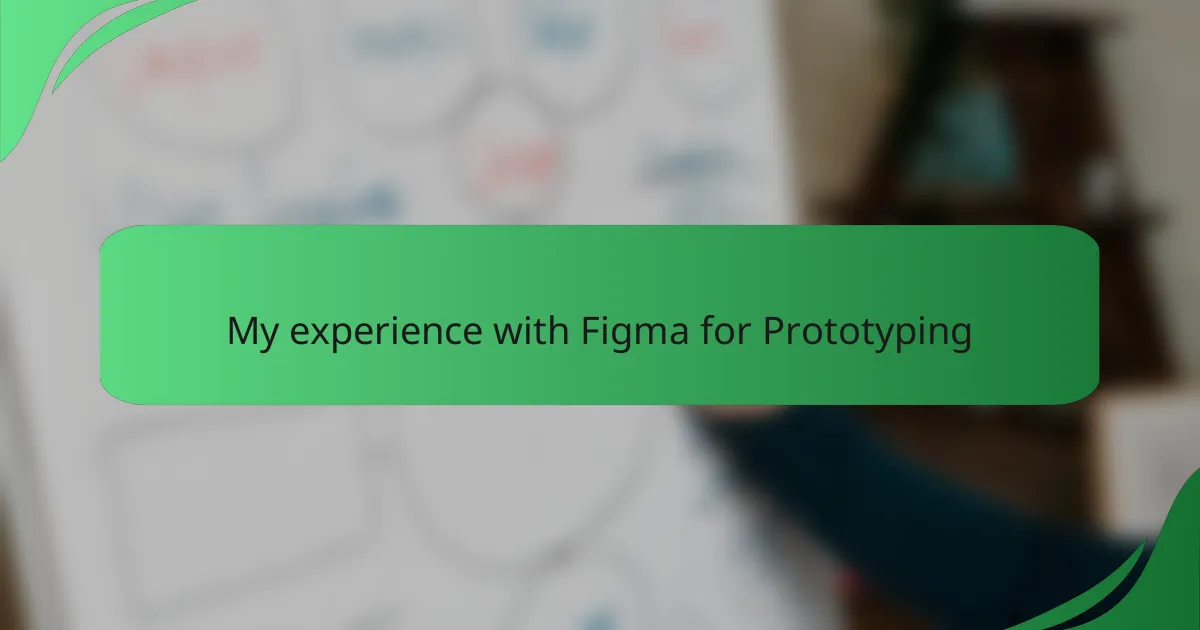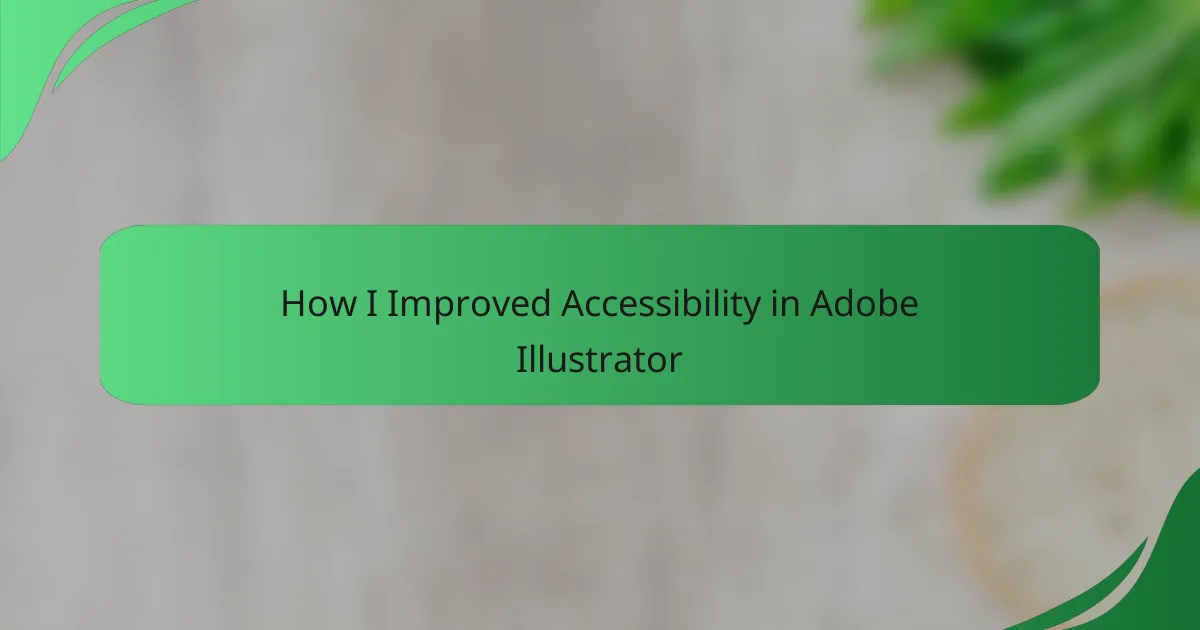Key takeaways Intuitive design is crucial for enhancing user engagement and creating a seamless experience across digital platforms. User testing reveals valuable insights, identifying friction points and preferences that inform and improve design choices. Effective feedback mechanisms foster a sense of community and connection between users and designers, leading to greater satisfaction. Design simplicity, along […]
Key takeaways A/B testing allows for effective comparison of design variations, enabling data-driven decisions that improve user engagement. Google Optimize simplifies the A/B testing process with its user-friendly interface and integration with Google Analytics for tracking results. Best practices include testing one variable at a time, using an appropriate sample size, and conducting thorough data […]
Key takeaways Effective interface design hinges on principles such as consistency, feedback, accessibility, simplicity, and intuitiveness. Brand alignment enhances user experience by fostering trust and ensuring a cohesive message across platforms. Trello’s features, such as boards and cards, facilitate organized task management, making it easier to track progress visually. Strategic planning and regular feedback loops […]
Key takeaways Streamlining workflows in Photoshop enhances productivity and creativity, reducing time on repetitive tasks. Utilizing tools like keyboard shortcuts, actions, and plugins can significantly improve efficiency. Implementing a habit of project review and adapting workspace settings results in better organization and focus. Key interface design principles such as clarity, consistency, and feedback improve user […]
Key takeaways Interface design principles like clarity and consistency enhance user engagement and navigation ease. Prototyping is vital for visualizing ideas, identifying issues, and fostering collaboration among team members. Figma’s real-time collaboration and interactive components streamline the prototyping process, allowing for quick iteration and feedback. Implementing structured approaches and user-focused tips leads to more effective […]
Key takeaways Effective interface interaction design enhances user experiences by focusing on engagement, feedback, accessibility, and consistency. Understanding different scrolling types and implementing smooth transitions can significantly improve user retention and interaction. Testing designs across devices and providing clear visual cues are essential for successful and consistent scrolling implementation. Incorporating storytelling through scrolling can enhance […]
Key takeaways Emphasize a user-centric approach to create intuitive and seamless experiences. Wireframing facilitates communication and collaboration, enhancing the design process. Keep designs simple and focused on functionality to clarify concepts and speed up development. Involve users early and regularly in the process to gather valuable feedback and insights. Introduction to Interface Interaction Design Interface […]
Key takeaways Effective interface interaction design emphasizes clarity, consistency, feedback, accessibility, and visual hierarchy to enhance user engagement. Landing pages are vital for capturing user attention and driving actions; a strong design can significantly increase conversions and foster emotional connections. Using techniques like clear language, storytelling, and engaging visuals can lead to higher user retention […]
Key takeaways Accessibility in design is crucial; it enhances user experience and fosters inclusivity for all users, especially those with disabilities. Utilizing tools like color guides and alt text in Adobe Illustrator can significantly improve design accessibility and enrich user interaction. Personal challenges, such as balancing aesthetics with usability, highlight the importance of understanding accessibility […]
Key takeaways Collaboration enhances creativity and innovation by incorporating diverse perspectives in design projects. Effective tools like InVision, Slack, and Figma facilitate real-time communication and feedback, improving the collaborative design process. Clear communication and setting expectations help prevent confusion and streamline project workflows. Flexibility in design allows for better adaptations based on user feedback, leading […]








